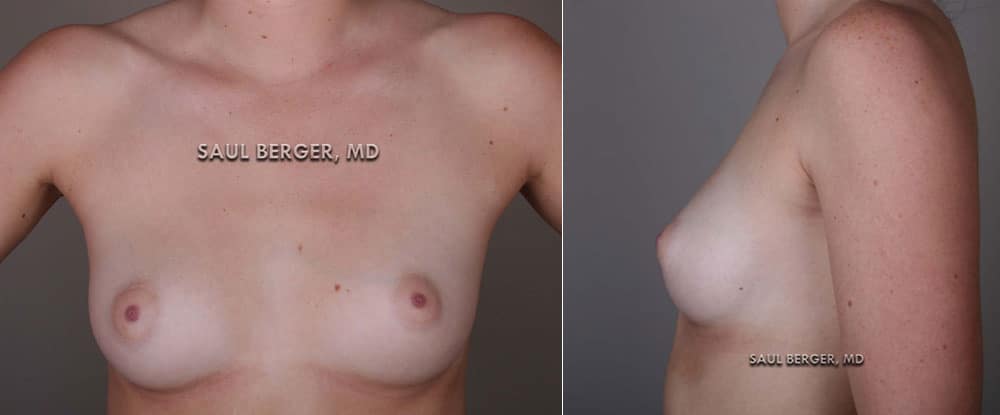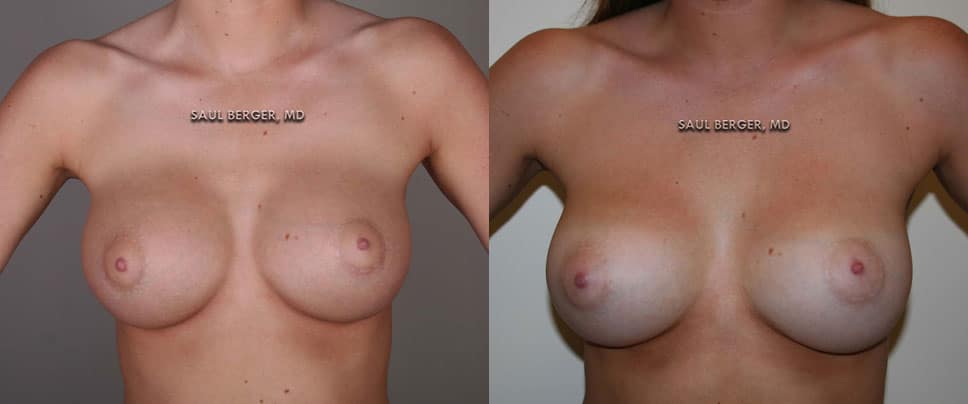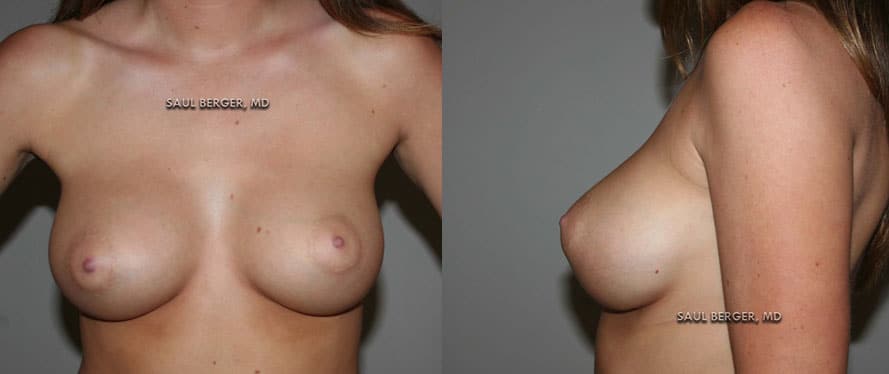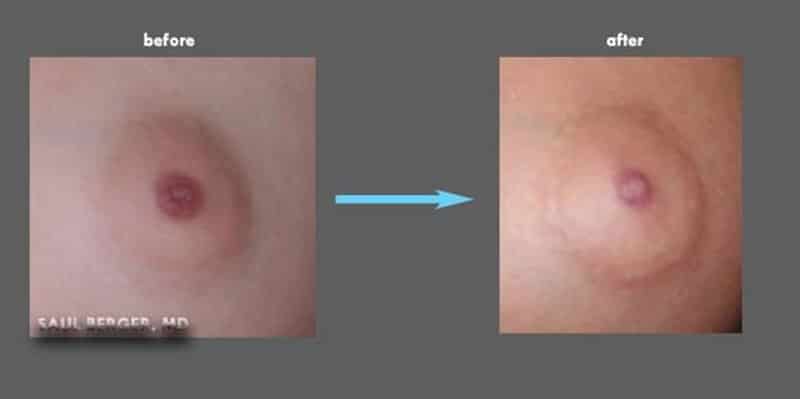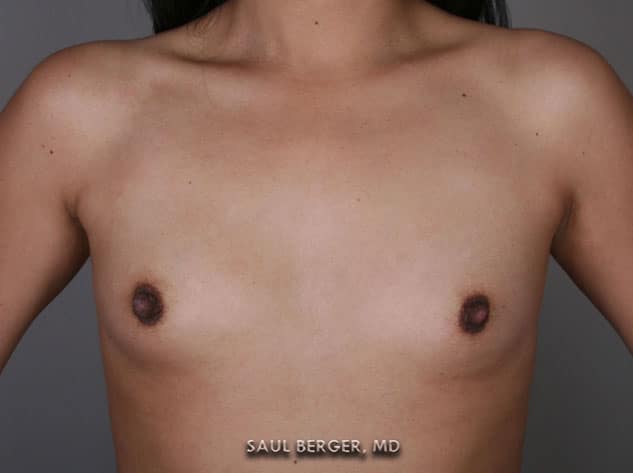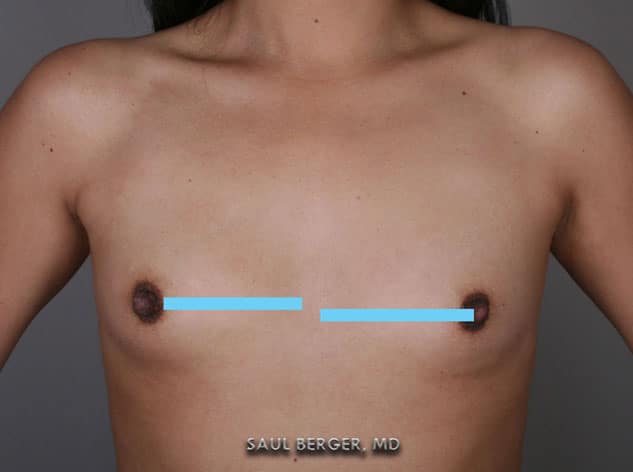Understanding Breast Augmentation
The purpose of this section is to inform you about breast augmentation surgery, and also to highlight some of the details that are important to your results. As you are guided through the “experience” of breast augmentation, we hope you emerge with a better understanding of what is involved and how Dr. Berger and his team approach the procedure.
The popularity of breast enhancement with implants remains high. In fact, according to 2010 data collected by the American Society for Aesthetic Plastic Surgery, breast augmentation was the #1 surgical procedure performed in the U.S., surpassing liposuction in the rankings. Interestingly, patients seek consultation for a variety of reasons and from all walks of life. Some of the reasons that women seek breast enhancement are:
- To provide increased size and better shape in a woman who, for personal reasons, feels her breast size is too small
- To recapture the size and shape that a woman may have lost after pregnancy, weight reduction or aging
- To help correct imbalances or shape problems that result from the way a woman’s breasts have developed
- To help correct imbalances or shape issues in women who have undergone treatment of a breast condition and need reconstruction
In addition to those reasons, it is very common for women to consult with Dr. Berger to enhance or adjust their results after implants have been placed in previous years or have become old. As you can see from this list, it is important to assess each individual’s situation and be able to offer a “range” of treatments; we do not believe in a “cookie cutter” approach. Call 818.245.6101 today to schedule your breast augmentation consultation with Dr. Saul R. Berger!
The History Of Breast Augmentations
The history of breast augmentation is more complex than many people are aware. In fact, a variety of materials have been placed within the breast in an attempt to enhance size and shape, even as far back as the 19th century. While some of the materials would seem surprising by today’s standards (ex. paraffin wax injections), the current version of the silicone breast implant has developed a solid safety record. In fact, since the first silicone implants were placed in the early 1960s, the quality of the implants has steadily improved. Many women still recollect the period of the early 1990s when a “scare” about silicone safety was pervasive, and the FDA intervened in the handling of breast implant use. Now, two decades later, the fears of autoimmune illness have not borne out. And, with regard to an implant increasing the risk of developing breast cancer, no data has supported that fear.
Patient Testimonial
"Dr. Berger is the absolute best! I would (and have!) recommended him to everyone I know! I’ve trusted him for years with my Botox, lip filler, and most recently breast augmentation. He is a perfectionist so you can be sure that whatever you want done, will be impeccable! He is also so kind and understanding. I was very nervous before my implant surgery but he spent the time with me to answer all my million questions and made sure that I was really comfortable with everything. He is without a doubt the best plastic surgeon I’ve ever been to and I’ll continue to go to him forever!" - S.H.

Breast augmentation is usually done to balance a difference in breast size, to improve body contour, or as a reconstructive technique following surgery.
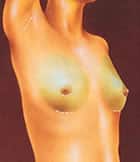
Incisions are made to keep scars as inconspicuous as possible, in the breast crease, around the nipple, or in the armpit. Breast tissue and skin is lifted to create a pocket for each implant.
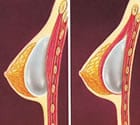
The breast implant may be inserted directly under the breast tissue or beneath the chest wall muscle.
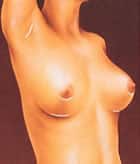
After surgery, breasts appear fuller and more natural in tone and contour. Scars will fade with time.
If You Are Reading This Analysis Because You Are Considering Breast Augmentation, Here Are Some Of The Key Factors To Consider:
- What are your size and shape goals, and how do they compare to your current situation (skin type, shape and symmetry, nipple position, etc.) Are your expectations realistic to what the procedure can achieve? Can the routine breast augmentation handle the task, or is a lift also required?
- How is your health status as a candidate for surgery? Do you have other significant medical conditions, allergies, or medications that we need to consider? Are there factors such as smoking that can affect your results?
- What kind of implant would be good for you? Currently, the U.S. manufacturers make both a saline-filled and a silicone gel-filled product, and also offer a smooth as well as “textured” surface.
- What incision would you prefer? Several options offer the opportunity for safe placement of an implant, including at the edge of the areola, in the fold under the breast, in a fold at the underarm, or through an existing scar of the breast.
- Where should the implant be placed . . . over or under the muscle?
- Are there any aftercare procedures that would be able to enhance your overall results?
Of course, the purpose of a thorough consultation is to obtain the necessary information from you while providing information about the procedure so that these choices are successfully made. One key of success that applies to ALL patients is achieving “realistic expectations.” The plastic surgeon can only work within the limitations of the specific breast tissues and body of each individual patient. In fact, the majority of women already have existing differences or asymmetry of the breasts before any surgery is even performed. Expecting to achieve results that your body cannot deliver or to be transformed into “someone else,” such as your favorite celebrity, is not a formula for success!
By way of illustration, we would like to take you on a “journey” through some patient’s experiences:
Case 1
A 22 year old patient presented for breast augmentation with the goals of enhancing her size and shape from a 34A. Her goals were to achieve a 34B+ to 34C range, and to achieve a “natural” result that did not look “fake” or overly large. She also wanted small incisions. Her health status was stable and did not pose any unusual risks for anesthesia and surgery.
After a very thorough consultation and review of the information, our patient elected to undergo placement of a saline-filled implant through an incision at the edge of the areola and positioned under the muscle.
She had considered the pros and cons of saline vs. gel implants as well as the various incision options for placement. Her surgery was scheduled within a couple of months of her consultation date based on her personal schedule and preferences. Before surgery, this was her appearance:
At first glance, the images would seem to depict an appearance typical of many of our patients sharing her goals. Careful analysis, however, reveals that there is some asymmetry of nipple height as shown in the picture.
I reassured the patient that such imbalances or asymmetries of the breasts are very common.
I did advise her that the augmentation would not specifically change that feature, unless she consented to an additional incision to lift the right areola (she decided that it was not important enough to add the incision).
Here is an example of where realistic expectations are important. Prior to surgery at the pre-op visit, we reviewed the risks of surgery again and refined the plan together (we have brochures and forms at the office which also enumerate the risks).
On the day of surgery, she was greeted by our surgical team at Boulevard Surgicenter in Burbank, CA (Los Angeles) and prepared for the operating room.
After the start of anesthesia, the procedure was performed in slightly more than an hour. A saline implant was placed through incisions at the edge of the areola and under the muscle, filling each to 270cc volume. The procedure was smooth, and she awoke in recovery room after what seemed to her as only “minutes.”
Our patient and her family received the aftercare instructions, which had already been reviewed at a previous pre-op visit. She was sore for a couple of days because of the submuscular placement, but did not need pain medications after the first couple of days. All of her sutures were dissolving type.
The mild asymmetry of the nipples noted before surgery remained stable, as predicted. This was of absolutely no concern to the patient, who was delighted with her results. The satisfactory and seamless healing at the areolar edge is demonstrated by looking closely at the “before” and “after” of the left nipple:
Case 2
A 34 year old patient presented for breast augmentation with the goals of enhancing her size and shape from a 34A. Her goals were to achieve a 34B to 34B+ range, and to maintain a modest appearance. She had never had any surgery in the past. Her health status was stable and did not pose any unusual risks for anesthesia and surgery.
After a very thorough consultation and review of the information, our patient elected to undergo placement of saline-filled implants through an incision at the edge of the areola and positioned under the muscle.
She had considered the pros and cons of saline vs. gel implants as well as the various incision options for placement. Her surgery was scheduled within a couple of months of her consultation date based on her personal schedule and preferences. Before surgery, this was her appearance:
Her preparation followed the same format as the previous patient. At surgery, a saline implant was placed through incisions at the edge of the areola and under the muscle, filling each to 290cc volume.
The choices of these patient and their results are not intended to imply that every patient will achieve comparable results or that any assumptions can be made about your particular case. The practice of medicine and surgery is not an exact science; although good results are expected, there are no guarantees.
All surgery carries risks, and reviewing those risks is part of the process of preparing for surgery so that you are well informed. Hence, there is no substitute for scheduling a thorough consultation with Dr. Berger to evaluate your situation and create your own specific plan.
Call Dr. Berger Today For Breast Augmentation In Burbank, CA!
Dr. Saul Berger consults with patients at his center in Burbank, California, (in the Los Angeles area). If you are interested in learning more about the procedure or whether you are a candidate, call 818.245.6101 today or fill out the form in our contact page. Our practice looks forward to serving you!


